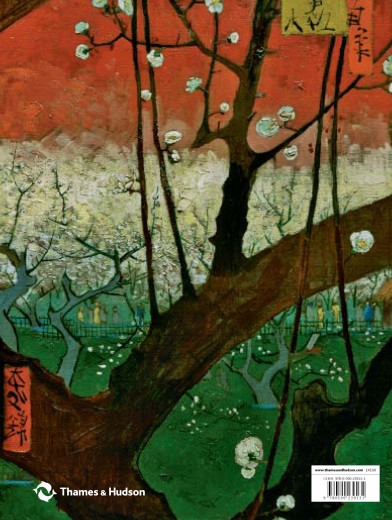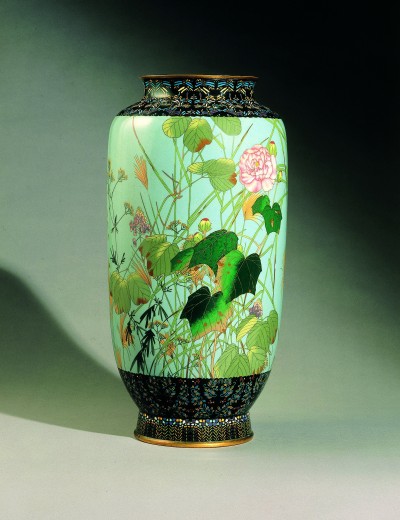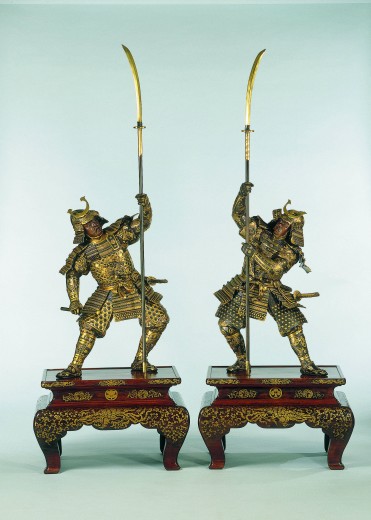


From the 1860s through to the 1890s the rise of Japonisme and the Art Nouveau movement meant few could resist the obsession with all things Japanese. Superbly crafted and often highly decorated Japanese objects – lacquer, metalwork, ceramics, enamels and other decorative items rich in new and exotic subject matter – stimulated and inspired Western artists and craftsmen to produce their own works. Arts of the Meiji period (1868–1912) were displayed at international exhibitions, in the galleries of influential dealers and at fashionable stores in London, Paris and Vienna. Artists from Van Gogh, Whistler, Monet and Manet to Klimt and Schiele were all, to varying degrees, influenced by the arts of Japan. Van Gogh himself stated that he owed his inspiration to Japanese art, but he was probably not conscious of the full extent to which art in Europe had already been greatly influenced by that of Japan. Here, six renowned scholars and specialists examine the wider influence of Japanese art and design in Europe with superlative examples from the Khalili Collection, the world’s finest collection of works from the Meiji period. They demonstrate that the Japanese influence on modern Western art has been far more penetrating than has been widely recognised.
Gregory Irvine – Honorary Curator of the Japanese art of the Meiji period in the Khalili Collection; Senior Curator, Asian Department, Victoria & Albert Museum, London
Tayfun Belgin – Director of the Osthaus Museum, Hagen, Germany
John House – former Emeritus Professor, Courtauld Institute, London
Axel Rüger – Director of the Van Gogh Museum, Amsterdam
Kris Schiermeier – Director of the Japan Museum SieboldHuis, Leiden, the Netherlands
Hiroko Yokomizo – Associate Professor (Curator), Tokyo National University of Fine Arts and Music
240 pages; 34 x 24 cm; Thames & Hudson; hardback with dust jacket; ISBN: 978–0-500–23913-1



Please register your email to download a pdf of this book.